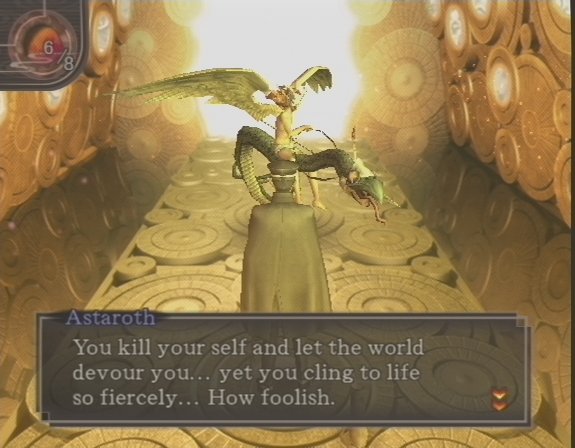
He also found that it worked differently than regular PTSD. Van der Kolk found that child abuse (sexual and otherwise) was both far more common and far more destructive than anybody else thought. Given that there were then only about one hundred million women in the United States, I wondered how forty-seven, almost half of them, had found their way to my office in the basement of the hospital.įurthermore, the textbook said, “There is little agreement about the role of father-daughter incest as a source of serious subsequent psychopathology”…the textbook went on to practically endorse incest, explaining that “such incestuous activity diminishes the subject’s chance of psychosis, and allows for a better adjustment to the external world.” The standard textbook of psychiatry at the time stated that incest was extremely rare in the United States, cocurring about once in every million women.

I was particularly struck by how many female patients spoke of being sexually abused as children. His grant proposal to study whether childhood trauma was associated with personality disorders got rejected too. When he first started raising awareness of the problem, nobody believed him. But van der Kolk insists this is the result of hard work by a coalition of psychiatrists, psychologists, activists, and victims. But van der Kolk and his colleagues started noticing that a history of child abuse, and especially childhood sexual abuse, correlated with a lot of psychiatric problems later on.Īgain, “child abuse is bad” sounds self-evident once you know it. It was simple to extend the theory to sudden disasters like fires or violent crimes. The next push was convincing people that civilian trauma could have similar effects. PTSD was temporarily pigeonholed as “the thing veterans get when they come back from a war”. So the first step in raising awareness of PTSD was – amazingly – convincing the US military that some people might get PTSD from combat.Īfter the military relented, the next step was convincing everyone else. The grant was rejected on the grounds that (actual quote from the rejection letter) “it has never been shown that PTSD is relevant to the mission of the Veterans Administration”. As soon as the APA officialy recognized PTSD as a diagnosis in 1980, Bessel and his friends applied for a grant from the VA to study it. It was absolutely shocking how much nothing there was.

But this took decades of conceptual work by people like van der Kolk, crystallizing some ideas and hacking away at others until they ended up with something legible to the Establishment.

Like so many things, PTSD feels self-evident once you know about it. The author, Bessel van der Kolk, helped discover the condition and lobby for its inclusion in the DSM, and the brief forays into that history are the best part of the book. The Body Keeps The Score is a book about post-traumatic stress disorder.


 0 kommentar(er)
0 kommentar(er)
